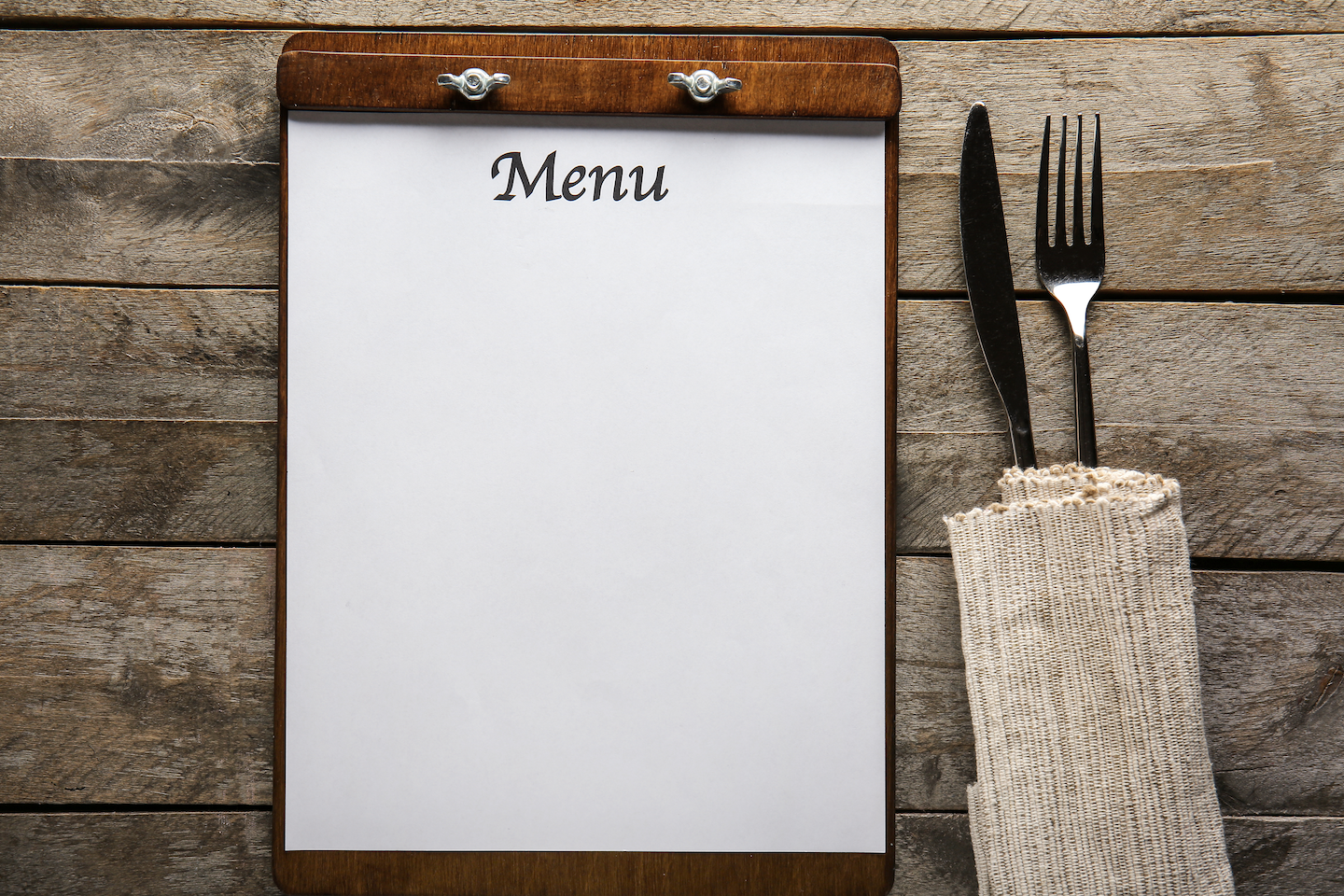Healthy Eating on the Run
go.ncsu.edu/readext?926519
en Español / em Português
El inglés es el idioma de control de esta página. En la medida en que haya algún conflicto entre la traducción al inglés y la traducción, el inglés prevalece.
Al hacer clic en el enlace de traducción se activa un servicio de traducción gratuito para convertir la página al español. Al igual que con cualquier traducción por Internet, la conversión no es sensible al contexto y puede que no traduzca el texto en su significado original. NC State Extension no garantiza la exactitud del texto traducido. Por favor, tenga en cuenta que algunas aplicaciones y/o servicios pueden no funcionar como se espera cuando se traducen.
Português
Inglês é o idioma de controle desta página. Na medida que haja algum conflito entre o texto original em Inglês e a tradução, o Inglês prevalece.
Ao clicar no link de tradução, um serviço gratuito de tradução será ativado para converter a página para o Português. Como em qualquer tradução pela internet, a conversão não é sensivel ao contexto e pode não ocorrer a tradução para o significado orginal. O serviço de Extensão da Carolina do Norte (NC State Extension) não garante a exatidão do texto traduzido. Por favor, observe que algumas funções ou serviços podem não funcionar como esperado após a tradução.
English
English is the controlling language of this page. To the extent there is any conflict between the English text and the translation, English controls.
Clicking on the translation link activates a free translation service to convert the page to Spanish. As with any Internet translation, the conversion is not context-sensitive and may not translate the text to its original meaning. NC State Extension does not guarantee the accuracy of the translated text. Please note that some applications and/or services may not function as expected when translated.
Collapse ▲ While we know that home-cooked meals using fresh whole foods are healthier and more economical than eating out, the reality is that most people choose not to cook at home for a variety of reasons. Work schedules, family commitments, health issues, and a host of other obstacles make it difficult to plan and prepare meals. If we aren’t cooking for ourselves, we are paying someone else to do it for us – whether its carry-out, dine-in, or a frozen dinner heated in the oven.
While we know that home-cooked meals using fresh whole foods are healthier and more economical than eating out, the reality is that most people choose not to cook at home for a variety of reasons. Work schedules, family commitments, health issues, and a host of other obstacles make it difficult to plan and prepare meals. If we aren’t cooking for ourselves, we are paying someone else to do it for us – whether its carry-out, dine-in, or a frozen dinner heated in the oven.
When you do rely on foods prepared outside the home, there are some strategies and tips for making the healthiest options. The key is thinking ahead. If you know you will be eating out, don’t wait until you are starving. Decide ahead of time which restaurant you will choose and what you will order. If you leave work super hungry, you’ll likely stop at the first drive-thru that sounds good and that usually means a less healthy meal.
When looking at a restaurant menu, review the nutrition information if available. If not, look for words that can indicate healthier cook methods such as baked instead of fried, or broiled, grilled, roasted or steamed. Try to limit foods that are breaded, buttered or creamed which usually means higher fat content. Consider ordering the child-size or senior portion for a lower calorie meal. Special requests can also save calories. These can include a sweet potato or salad instead of fries, no mayonnaise or bacon on a sandwich, or sauces and dressings served on the side. Splitting an entree with someone or saving half for another meal is also a great way to save calories and avoid wasting food.
When dining in, hunger can drive you to eat too much bread or chips. Have your server hold the complimentary basket until your meal is served. Order non-sugary beverages so you aren’t tempted to fill up on empty calories before your food arrives. You can boost the nutrition of your meal by adding extra vegetables to a sandwich or pizza, ordering fruit as a side dish, piling on fresh vegetables at a salad bar, or asking for whole grain bread. Tempted by dessert? Order just one and enough forks for everyone to have a bite.
If you are planning a restaurant meal in the evening, consider a lighter breakfast and lunch. However, do not skip these meals entirely, which can lead to over-eating in the evening. Always keep water available throughout the day. Often when we think we feel hungry, we are actually thirsty. Staying hydrated is another way to reduce the intake of extra calories.
On-the-go lunch and snacks can be satisfying and nutritious as well with a little extra thought and planning. Nuts, nut butters, whole grain cereal and crackers, fresh whole fruit and dried fruit are great for tucking in your purse or lunch bag. Keeping these portable, non-perishable foods on hand can avert spontaneous trips to a vending machine or convenience store. Ideas for quick lunches include low sodium vegetable soup, canned tuna, hummus, whole grain pita bread, cheese, hard boiled eggs, or salads with lots of fresh vegetables.
Busy schedules are hard to juggle and trying to eat healthy can seem daunting sometimes. Fortunately, there are smart food choices that are also quick, easy and great-tasting if we just take a few minutes each week to stock our pantry with healthy options.




